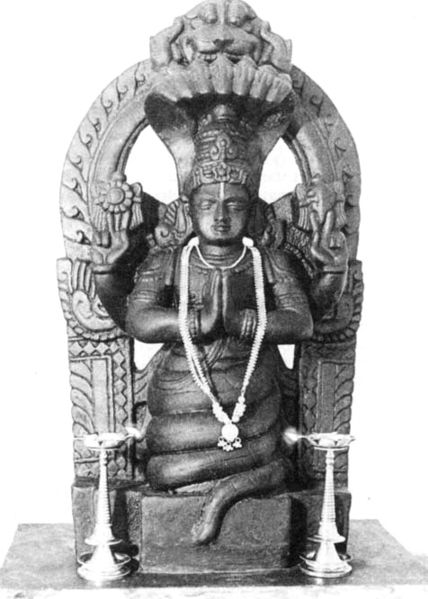Naga fireballs, also known as bung fai phaya nak or "Mekong lights" and formerly "ghost lights", are a phenomenon said to be seen annually on the Mekong River. Glowing balls are alleged to naturally rise from the water high into the air. The balls are said to be reddish and to range in size from smaller sparkles up to the size of basketballs. They quickly rise up to a couple of hundred metres before disappearing. The number of fireballs reported varies between tens and thousands per night. The phenomenon is locally attributed to phaya nak, a giant serpent (Nāga) said to live in the Mekong.
The tracks of two Naga fireballs (at left) rising vertically into the sky before petering out near the top of the photo. The other tracks are of sky lanterns or fireworks.
In various Asian religious traditions, the Nagas are a divine, or semi-divine, race of half-human, half-serpent beings that reside in the netherworld (Patala), and can occasionally take human or part-human form, or are so depicted in art. A female naga is called a Nagi, or a Nagini. Their descendents are known as Nagavanshi. According to legend, they are the children of the sage Kashyapa and Kadru. Rituals devoted to these supernatural beings have been taking place throughout South Asia for at least 2,000 years. They are principally depicted in three forms: as entirely human with snakes on the heads and necks, as common serpents, or as half-human, half-snake beings in Hinduism, Buddhism, and Jainism.
A Naga couple, featured as a Hoysala relief
Patanjali as Śeṣa.
Mucalinda sheltering Gautama Buddha (Buddha in Naga Prok attitude) at Wat Phra That Doi Suthep in Chiang Mai, Thailand.
Nāga at the steps of a building in the Wat Phra Kaew in Bangkok.





